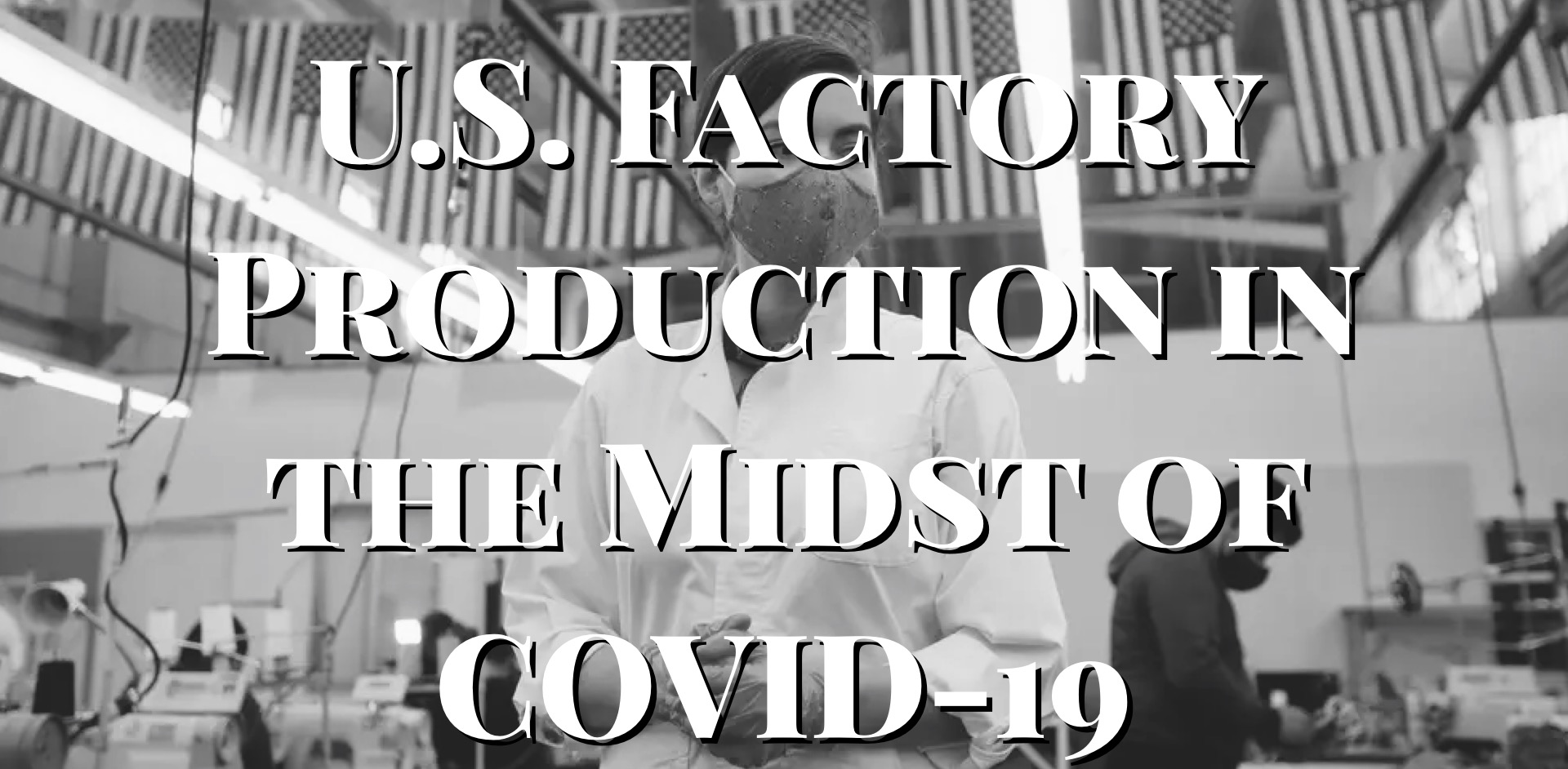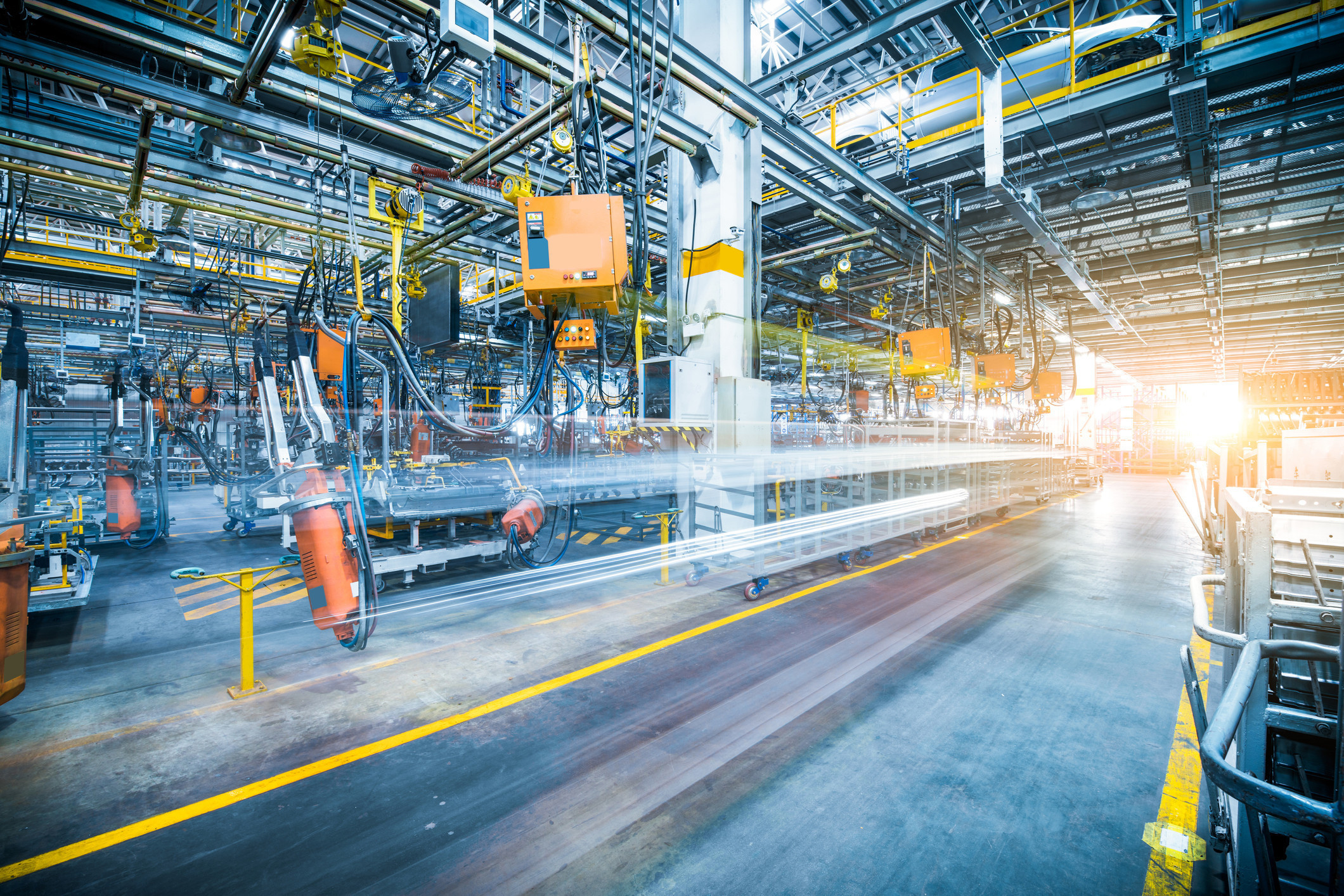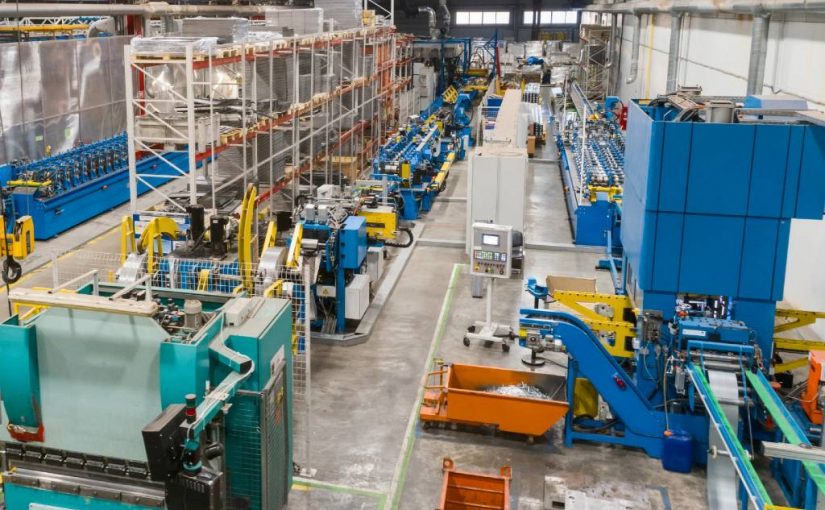U.S. Factory Production in the Midst of Covid-19
9 November, 2020

U.S. Factory Production in the Midst of COVID-19
It’s safe to say that the COVID-19 pandemic has taken a toll on every industry. Few businesses have been left unscathed and even fewer have found ways to successfully navigate the challenges it has presented.
That includes the manufacturing industry. Fortunately, it has fared better than some other sectors thanks to its versatility and ability to adapt to change. During the early months of the pandemic, the manufacturing sector was hit hard due to lockdown restrictions that prevented workers from doing their jobs.
In the months since it has enjoyed a nice recovery. Even so, experts fear that struggling businesses and new concerns about the virus could hamper that recovery throughout the rest of 2020 and into the new year.

Taking a Hit
The COVID-19 pandemic effectively shut down the world for several weeks at the start of 2020. Restrictions were put in place around the globe that shut down businesses and stopped the manufacturing of non-essential goods.
This period revealed some major flaws in the manufacturing industry. For one, decades of “offshoring” have weakened the manufacturing industry in the United States. Moreover, global supply chain issues made it difficult for U.S. factories to keep running even before lockdowns began. As Europe and China shut down months earlier, the U.S. was stranded without many of its typical suppliers.
In May, the Federal Reserve noted that U.S. industrial production fell by 11.2 percent in April. That drop marked the largest in the 101-year history of the industrial production index.
This is obviously a major issue and is one that many companies wouldn’t be able to survive a repeat occurrence of. Although the supply chain disruptions caused by COVID-19 are starting to rectify themselves, it is something that the U.S. manufacturing sector needs to address in the future. The next time a global crisis occurs, it needs to be in a better state of readiness.

Summer Rebound
Once it became apparent that COVID-19 wasn’t going to go away overnight, countries around the world—including the U.S.—started to ease lockdown restrictions. This made it possible for factories to reopen and start producing vital goods to jumpstart the nation’s economy.
As this process occurred, the manufacturing sector started to rebound. Production steadily rose in June, July, and August, returning to about 6.7 percent below its pre-pandemic level. Even though the industry wasn’t able to totally recover, the improvement supplied a much-needed glimmer of hope.
However, some companies set themselves apart during this phase of the pandemic. Those who were able to adapt their production lines to make things like ventilators, masks, and other personal protective equipment (PPE) enjoyed hefty government contracts. For instance, Ford and General Electric signed a $356 million federal contract to produce 50,000 ventilators. Although it doesn’t make up for lost sales, it did help pad their bottom lines as the industry’s recovery took place.
What Comes Next?
The end of the COVID-19 pandemic is, sadly, nowhere in sight. As the world waits for an effective vaccine or miracle cure, businesses continue to face unprecedented challenges.
For now, the most important thing for businesses is ensuring that their employees are safe. Without a healthy workforce, manufacturing would shut down again. If the levels of new cases rise too high, some fear that a second round of lockdowns could occur.
Even so, U.S. manufacturing companies need to continue their recovery—both for their own bottom lines and for the nation’s economy. Doing so will require sacrifices for many companies. Those operating in critical areas like energy, transportation, communications, and food may need to shorten their horizons to focus on surviving now rather than preparing for the future.
Once the pandemic is over—and it will be eventually—there will be time to rebuild and refocus on growth strategies. However, there’s no point in looking forward if the company doesn’t survive the rest of the pandemic.
With 2021 quickly approaching, the mindset of “survive now, thrive later” will play a big role in the U.S. manufacturing industry. Of course, hopes remain high for an easier year than 2020.
- Call: 1-888-551-3082
- International: 1-919-443-0207
- Fax: 1-919-867-6204
- Email: sales@wakeindustrial.com
- Address:
- 1620 Old Apex Rd
- Cary, NC 27513










